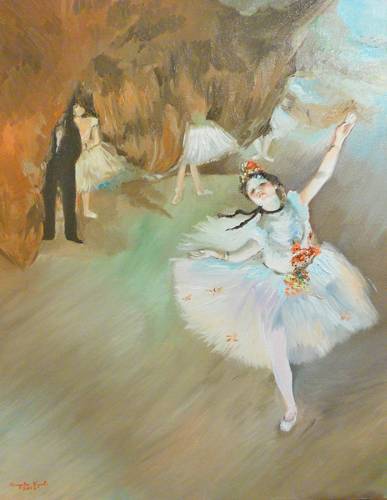Dance is a unique art form that connects with mathematics through its music, steps, and choreography. During a conference titled “Dance Step to the Rhythm of Mathematics,” Judith Rivas, a specialist in the field, discussed the mathematical relationship in music. She explained how beats are measured in fractions denoted by m/n, where m is the number of beats in a measure and n is the duration of each pulse. This musical structure influences the steps dancers take in different dance styles, adapting to the rhythm.
Rivas also pointed out how all forms of dance have mathematical elements in their music, steps, and structure. From ballet to contemporary social folk dances like those in Mexico, specific steps have numerical names that replicate geometric shapes such as circles or rectangles. Dance choreographers like Sadeck and Merce Cunningham use geometric shapes, symmetries and isometries to design intricate dance sequences and performances.
Notable figures like Rudolf Laban and Merce Cunningham have incorporated mathematical elements into their choreography. Laban devised a notation system for dance utilizing geometric figures while Cunningham used chance choreography, incorporating randomness into his dance compositions. Digital choreographers like Web3D Dance and Chaographer continue to explore mathematical concepts in creating dance performances. Through this fusion of mathematics and dance artists are pushing boundaries and creating innovative forms of expression.
In conclusion, mathematics plays an essential role in dance through its music, steps and choreography. With its influence on rhythm adaptation among different styles of dancing, it has become one of the most significant tools for artists looking to create unique expressions through this art form.



